18th century French school
Workshop of Jean-Marc Nattier (Paris, 1685 - 1766)
Paris, circa 1740
Oil on canvas: h. 31.10 in, w. 24.80 in.
A Louis XIV carved giltwood frame
Framed: h. 41.34 in, w. 35.04 in.
The young woman is depicted at mid-height, seated, looking at the viewer from the front. Dressed in a white silk dress, an elegant blue satin scarf envelops her in a sophisticated arrangement of drapes.
The innocent gaze, the face full of softness with blurred contours, characteristic of Nattier, gives us a very example of freshness and youth revived by her slightly rosy cheeks and animated by her large brown eyes. The powdered hair is swept up, exposing the model's graceful, long neck. Its translucent white skin tones under the artist's brush seem illuminated by an inner radiance.
The wooded landscape with a blue-green sky contributes to supporting this reduced chromatic range, where the shades of blue agree with the silvery and pearly whites forming an icy palette. This distinctive chromaticism of Nattier sets him apart from his fellow portrait painters.
The arrangement of the floating scarf on the front of the model is one of the characteristics of the works of Nattier and his students. This exuberance of volume and movement makes it possible to create a 3D effect around the person being portrayed.
Related works:
By Jean Marc Nattier, 1754, Portrait of Madame de La Porte, Art Gallery of New South Wales
By Jean Marc Nattier, Portrait of a Woman, Cleveland Museum of Art
By Jean Marc Nattier, 1742, Portrait of a Lady with a Blue Scarf, Waddeson Manor, United Kingdom
Jean-Marc Nattier (Paris, 1685 - 1766)
Son of a portrait painter and pupil of Rigaud, Nattier began his career as a history painter under the influence of Charles Le Brun and under the tutelage of his godfather, Jean Jouvenet . During a stay in Holland, he was approached to work for Tsar Peter the Great. In 1718, he was received into the Academy. His style is then that of the great French tradition. He uses the resources of the architectural setting and the grandiloquent expression of the characters; its chromaticism is frank. But Nattier does not know success; his ruin at the time of Law's bankruptcy forced him to turn to the more lucrative genre of portraiture. In 1728, he painted the Marshal of Saxe to order and enjoyed a certain favor from then on. It is, at more than forty years, the beginning of a new career which asserts itself with the Portrait of Mlle de Clermont taking the waters (1729). By the choice of subject as by the pictorial means, he established a new way of presenting the portrait, in which the high society of the middle of the 18th century wanted to recognize itself, which had the favor of the great amateurs of the 19th century . century. Elegance of the pose, freshness and clarity of the color, fantasy of the rendering of the accessories add to the serene and joyful expression of the female faces. Superficial works, but pleasing to the eye. The type of mythological portrait is now adopted by the ladies of the aristocracy and Nattier knows Parisian success for a dozen years. Later, received at court, he became the portrait painter of the royal family. The famous series of portraits of the daughters of Louis XV is part of an effort to recreate the portrait by integrating a topical image into the poetic world of Olympus. Nattier thus joins the paths of history painting, speculative and synthetic: the universe recreated in the portraits (such as that of Madame Henriette in Flore) joins the noble data of the allegory.




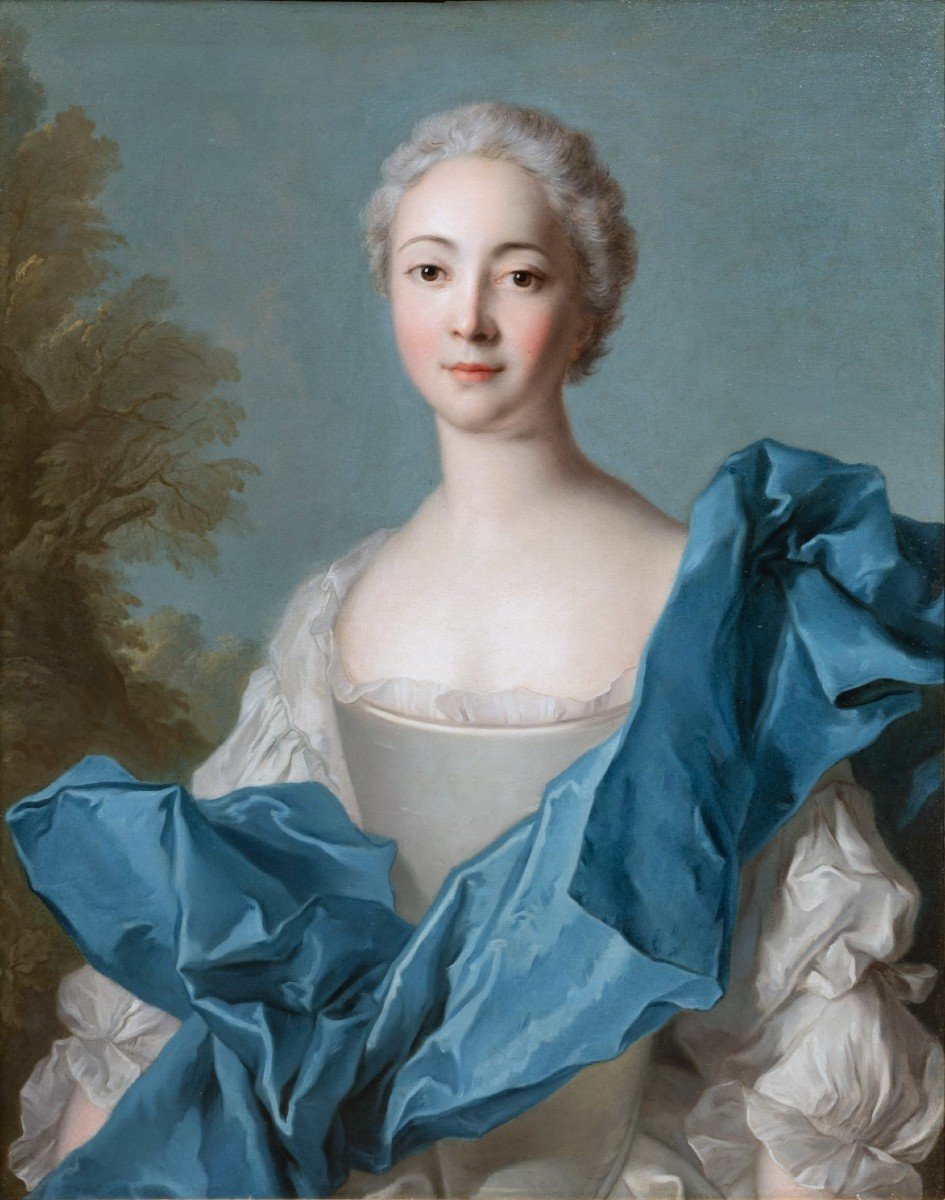
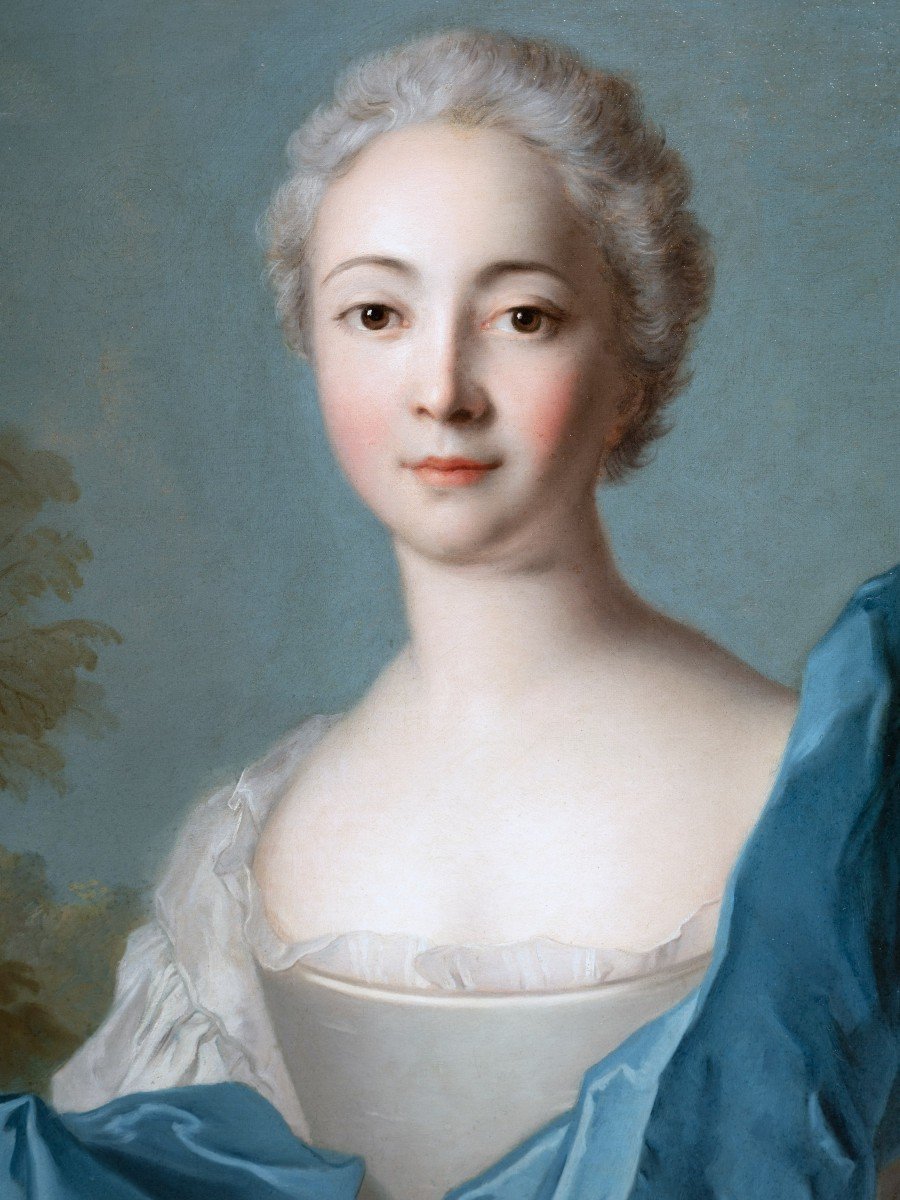


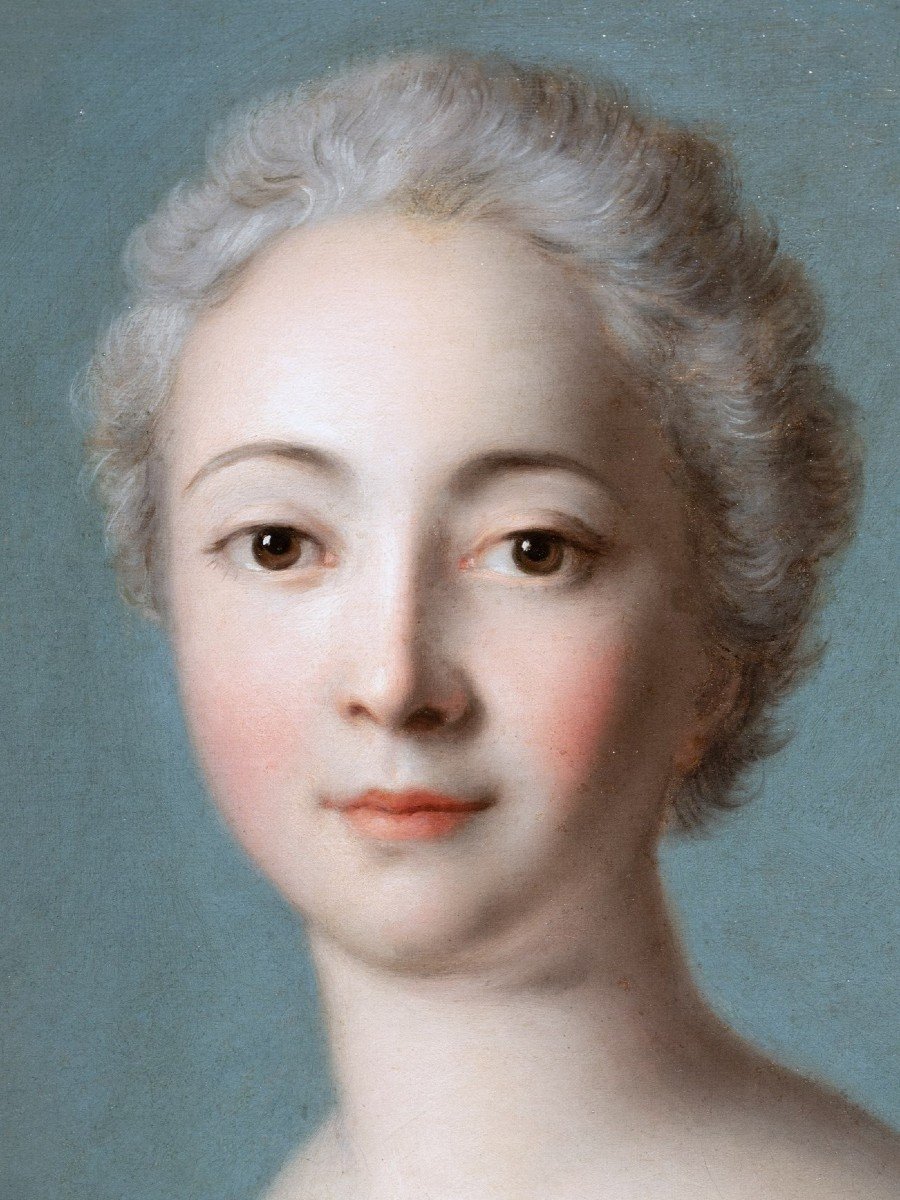
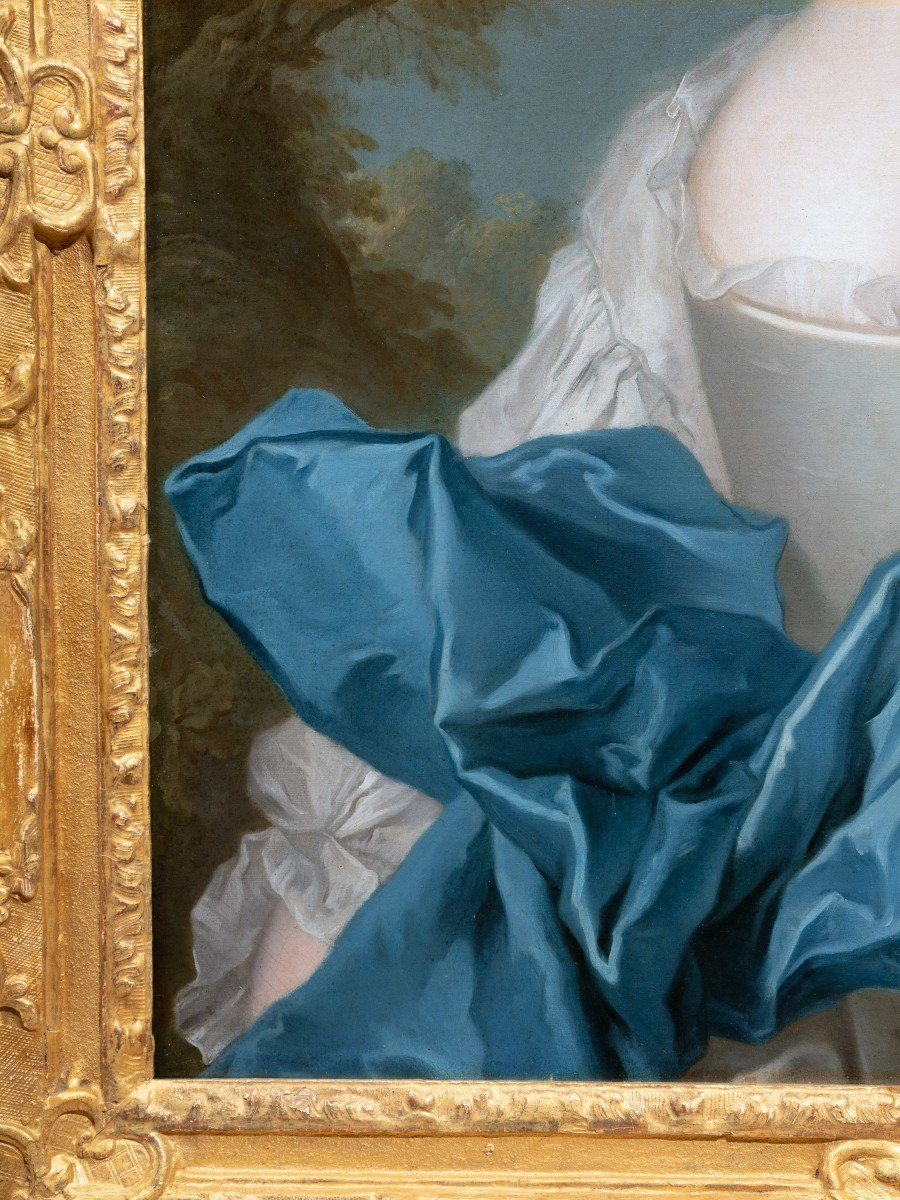

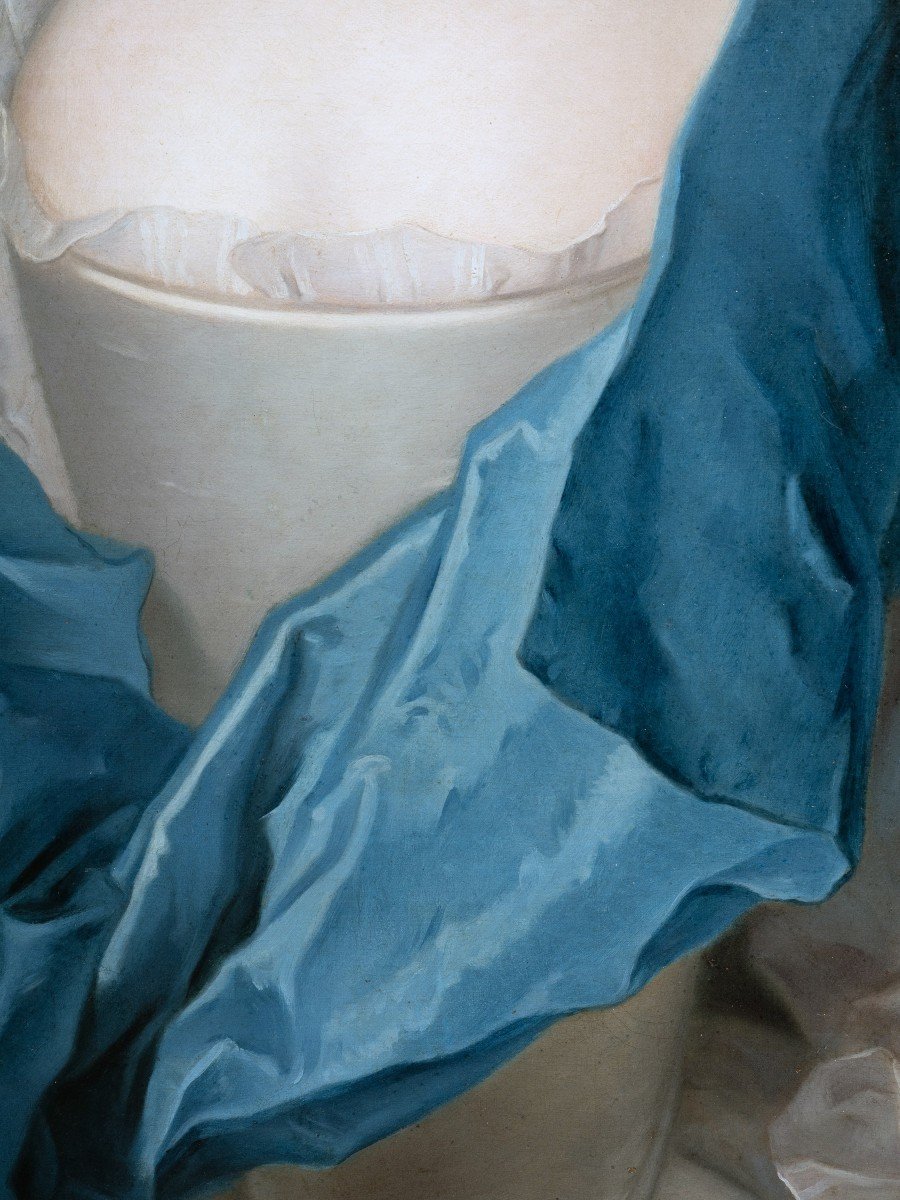
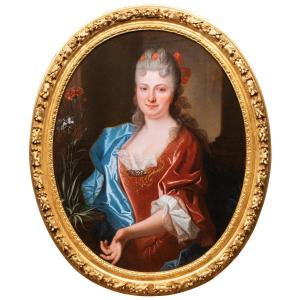










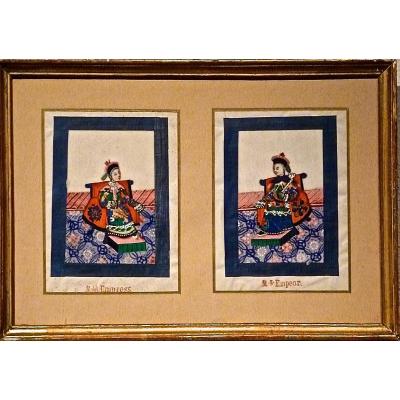




 Le Magazine de PROANTIC
Le Magazine de PROANTIC TRÉSORS Magazine
TRÉSORS Magazine Rivista Artiquariato
Rivista Artiquariato
